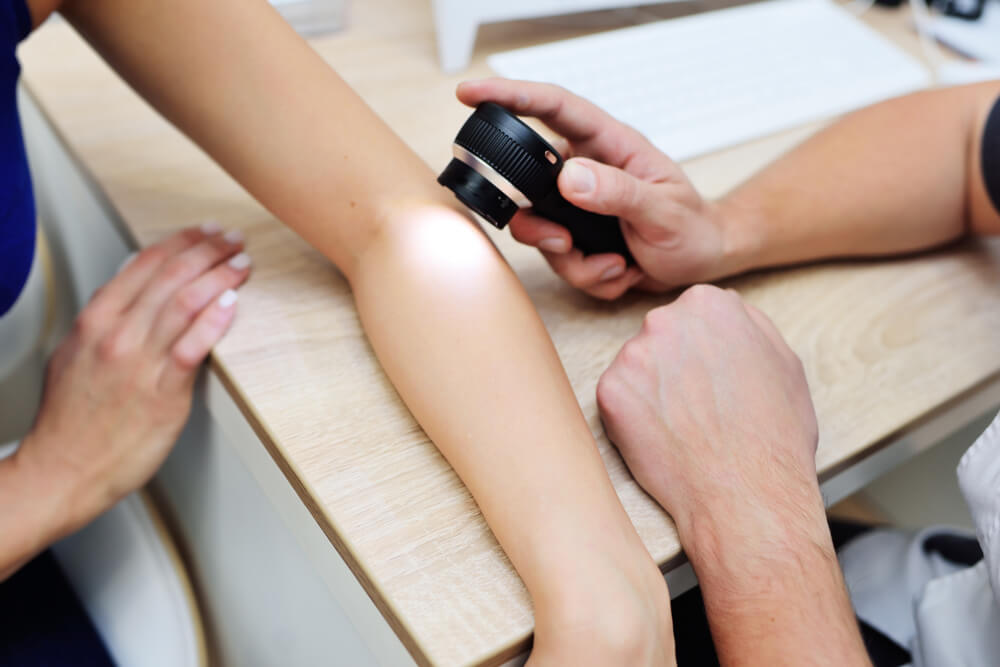DIAGNOSIS
The doctor will ask about your symptoms, medical history, physical examination, and lab test results. These tests may include:
- Biopsy. It is done to test the tissue and determine if it has characteristics of cell patterns of lichen planus.
- Hepatitis C test
- Allergy tests
The doctor will add further tests if the condition affects the esophagus, ears, mouth, and genitals.
TREATMENT
Lichen planus can be treated through:
- Corticosteroids. It is a first-line prescription treatment for lichen planus, which involves a cream or ointment. However, the doctor will suggest a corticosteroid pill or injection if you have a severe condition.
- Oral anti-infections drugs. It includes antimalarial hydroxychloroquine (Plaquenil) and antibiotic metronidazole (Flagyl, others).
- Immune response medicines. It includes medications such as azathioprine, mycophenolate, cyclosporine, and methotrexate for severe signs and symptoms.
- Antihistamines. It is taken by mouth to alleviate itching.
- Light therapy (phototherapy). It requires two to three treatments per week. The most popular form is ultraviolet B (UVB) light that penetrates the top layer of skin. However, it is not intended for dark-skinned people.
- Retinoids. It is prescribed if your condition does not respond to corticosteroids or light therapy. However, it is not recommended for pregnant women as it will cause congenital disabilities.
Remember that whatever treatment you use, you still need to do follow-up check-ups with your doctor. Furthermore, it is essential to ask your doctor regarding the side effects of the dosage of your medications.


